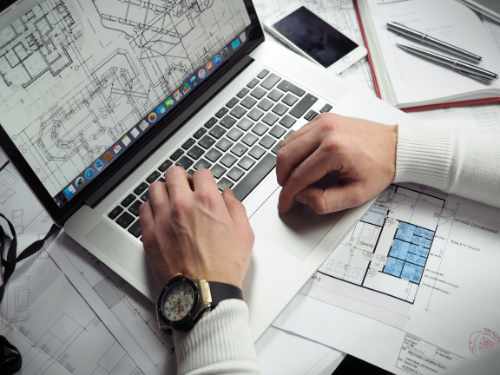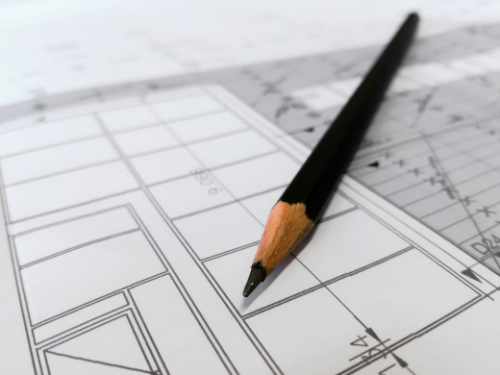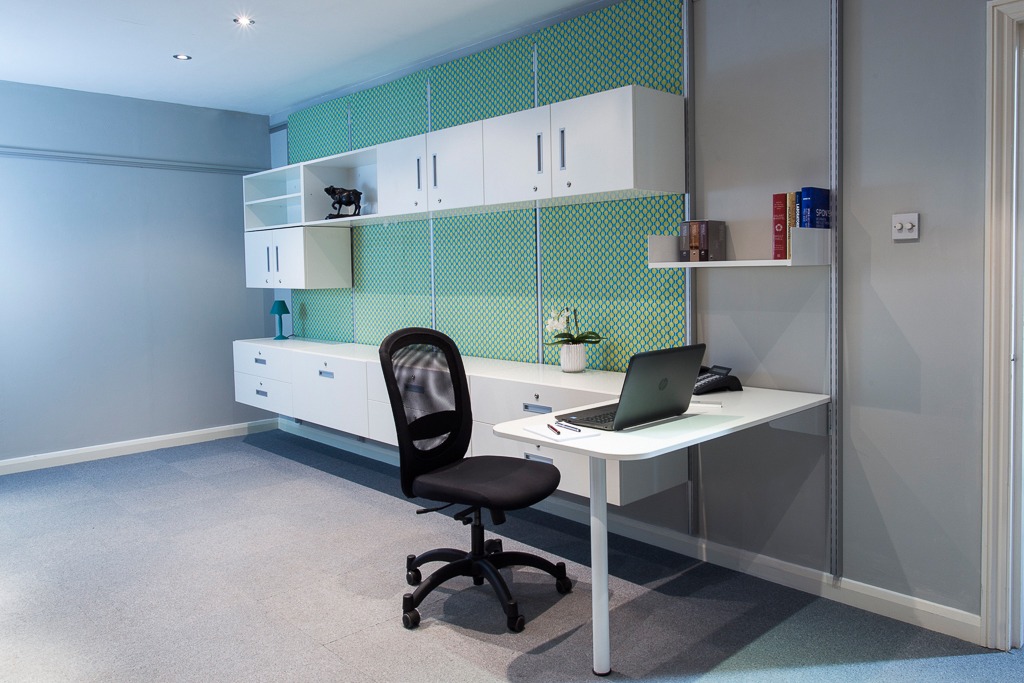Twenty-one-year-old Conor Boon is not your typical student. Instead of lecture halls and exams, he…

How will Covid-19 change healthcare architects’ approach after lockdown?
Infection control is more topical than ever before when it comes to the design of healthcare facilities, hospital furniture and more. So it’s no surprise that the landscape of architecture for medical and clinical environments is set to change in more significant ways than it has in the past. With coronavirus looming large over every architect’s design process, what will change in the approach of healthcare architects after lockdown to hospital and healthcare design?
While we’re under lockdown, everything’s a little up in the air. But based on current responses, and new regulatory standards and requirements, here are just a few of the ways that architecture for healthcare may be altered forever:
Flexible capacity spaces and areas both for patients and visitors
With hospitals currently flexing to their limit to create spaces for COVID-19 patients and ensure proper care and infection control throughout contaminated areas, the concept of flexible capacity spaces will become more and more critical. With some American hospitals already considering taking the ‘hot desking’ approach to ICU and emergency spaces, it makes sense that the UK will follow suit. By creating spaces that can be multi-purpose, and adapted to demand, it will be far easier for healthcare centres and clinics to support their patients in meaningful and non-makeshift ways.
This will mean the ability to expand significantly or reduce the capacity of wards, as well as extend upon or reduce emergency spaces or even surgery rooms as and when needed. Multi-purpose spaces are only likely to become more significant, so architects would do well to get ahead of the trend and start exploring flexible healthcare spaces early.

Infection control over aesthetics within medical spaces
While a focus on comfort and visual appeal has slowly crept up in hospital spaces and healthcare facilities, it’s likely we’ll see a complete 180 degree turn on specific design choices and elements currently present in modern hospitals. With the need for HTM 63 and HTM 71 compliance with NHS infection control standards, architects will start working from the ground up with contamination in mind over appearance and PR. This may mean sterile and less friendly waiting areas and spaces, but over time it’s likely that furniture will be adapted to be more ‘patient-friendly’ while maintaining those much-needed standards.
Storage is a particular area in which infection control will need to increase. This means providing spaces to store materials that are sterile, contaminant-resistant and practical to clean – all musts to avoid the spread of viruses and other infections. While built-in units may have a certain appeal, they must also be easy and practical to clean – something to be taken into consideration in future designs.
Increased rollout of reduced contamination furniture to lower risk areas
While HTM 63 and 71 directly apply to high-risk contaminant spaces, one thing that the COVID-19 pandemic has highlighted is the need for high infection control in all areas of hospital spaces. This includes anything from gift shops to canteens, waiting spaces to external spaces regularly used by patients. By rolling out this degree of infection control to all spaces in hospitals, there’s a far better chance of reduction in contamination in highly trafficked areas, protecting staff, visitors and patients alike.
Combined with an increase in decontamination requirements for visitors, patients and staff, the use of HTM 63 and 71 compliant furniture in all hospital areas can significantly reduce risk. By increasing the use of these hygienic practices, lives can potentially be saved, and the high-risk regions can be mitigated to a much higher degree.

Healthcare architects after lockdown – where to find out more
David Bailey Furniture Systems is already ahead of the curve when it comes to COVID-19. With our storage units and worktops complying with NHS HTM 63 and HTM 71 infection control regulations and standards, we’re already working towards a safer future for hospitals and healthcare facilities. To find out more about our compliant furniture, or to learn more about how we’re the best fit for your hospital refurbishment or construction, get in touch today.
See our range of HTM 63 compliant furniture & download a brochure.
See our range of HTM 71 compliant furniture & download a brochure.
Visit our online architects centre, where you can download colour cards, Revit/BIM/CAD drawings, see sample room layout, proposal templates and more to help you with your project proposals.








